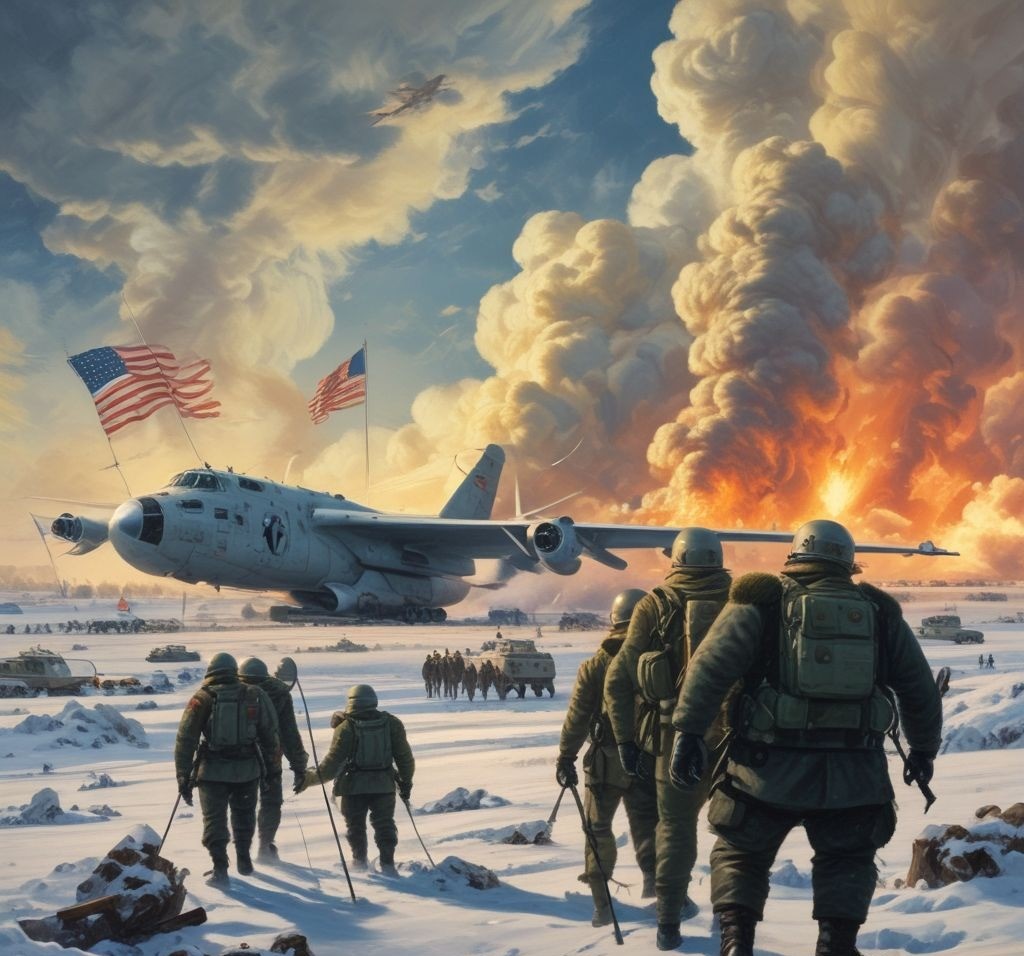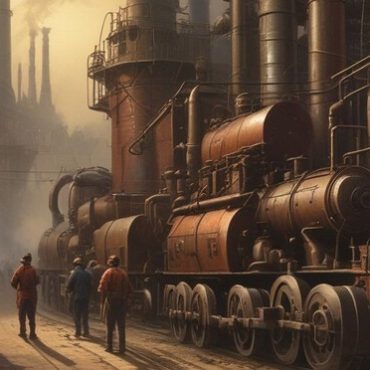History of the Cold War

How Did the Cold War Started?
The history of the cold war indicates that the term cold war refers to a state of military, economic, sociological and political tension that transpired between the United States and the Soviet Union after Second World War. Historians have various dates to define the periods of cold war but it is commonly known to have taken place in 1945-1991 (Gaddis, 2005). Writers who offer history assignment help at Edudorm essay writing service notes that the word cold was used because there was no significant fighting between the involved parties though regional wars known as proxy wars were going on. The first phase of this war started in the two consecutive years after the end of World War II in 1945.
America’s Part in the History of the Cold War
This war grew out when the American officials came into an agreement to defend against the Soviet threat through containment (Gaddis, 2005). America decided on a long term, patient and firm containment of Russian tendencies of expansion. There also existed ideological differences that separated the two countries. America foreign policy officials took it to spread democracy all over the world and this caused a severe disagreement with the Russian revolutionaries who had a desire to bring down capitalism (Gaddis, 2005). Experts who offer history essay help at Edudorm essay writing service indicates that additionally in the history of the cold war, Soviet leaders sought to restructure Europe by creating a buffer between Germany and the soviet border. Therefore the two made preparation to take various steps in order to win. As a result they submitted to work together but none of them trusted each other.
Tensions between the USA and the USSR in the History of the Cold War
A number of events during and after the Second World War aggravated tensions between the USA and the USSR. The Soviet-German pact was among them and it caused subsequent invasions during the first two years of the war. There was also a perception about a delay of amphibious invasion of German-occupied Europe (Gaddis, 2005). There were also disagreements during war time conferences concerning the fate of Eastern Europe. Lastly, the creation of satellite states in the Eastern community by the Soviets exacerbated tension between the USA and the USSR.
German played a significant role as far as the history of the cold war is concerned because the two major countries had varying plans for Germany hence they could not agree with Germany’s political, economic and military policies causing significant opposition which resulted into cold war (Gaddis, 2005). Germany’s political future was different from that of USA and USSR and the two countries had opposing ideas on this stimulating the cold war.
The cold war alliance consisted of NATO and Warsaw pact which intensified divisions among democratic and socialist nations. Authors who offer history case study help at Edudorm essay writing service points that during the history of the cold war, European nations aligned with other nations for protection against future aggression since they expected of secret attacks to happen from either resurgent Nazism or guerilla resistance (Gaddis, 2005). Therefore, Britain and France signed Dunkirk treaty, a bipartisan military in 1947. These alliances were different from those in pre-World War II periods.
Policies of the Soviet Union
The policies of the Soviet Union began changing in around 1980 because of a number of factors. The Soviet Union faced a stagnation that made it to decline hence calling for new policies. Western engagement with the USSR also contributed to the change of policies by the Soviet society (Gaddis, 2005). Gorbachev proposed a restructure of the economy and he aimed to promote liberalization of the political landscape and to introduce elements of capitalism in the economy hence changing the entire soviet policies.
The Role of Gorbachev in the History of the Cold War
Reforms by Gorbachev contributed to the end of the cold war in the late 1980’s. Citizens started demanding for freedom and move to capitalism (Gaddis, 2005). Tutors who offer history homework help at Edudorm essay writing service acknowledges that by holding a meeting at Malta, Gorbachev and President Bush negotiated to reduce on intermediate range nuclear weapons. In the late 1989, there was a coup in the Soviet Union and the soviet leaders took Gorbachev hostage but he was fortunately rescued by Boris Yeltsin. The Berlin wall suddenly came down resulting to an end in the cold war.
The EU was developed on four treaties. The treaty to establish the European Coal and Steel Community and this was signed on 18th April 1951. The other was a treaty to establish the European Economic Community and in 1957 (In Etulain, 2002). There was also a treaty to establish European Atomic Energy Community and this was signed in Rome. Finally, it was developed on a treaty to unite the European nations and this was signed in 1992.
The European Union was formed in 1950s mainly to oversee political and economic cooperation among European nations. This has been strengthened in the 1990s where a single market has been created with four freedoms to allow movement of goods, services, money and people (In Etulain, 2002).
Immigration into Europe has become a challenge to European society. One of which includes the political chaos in the Middle East. It is also difficult to absorb migrants due to cultural and religious differences (In Etulain, 2002). It has also resulted into economic downturn in the European nations.
Some of the issues affecting the west today include over standardization of education. Western societies also reclaim the broken institution of marriage and it is now believed to be obsolete (In Etulain, 2002).
References
Gaddis, J. L. (2005). The Cold War: A new history. New York: Penguin Press.
Etulain, R. W. (2002). Writing western history: Essays on major western historians. USA: University of Nevada Press.
https://www.jfklibrary.org/learn/about-jfk/jfk-in-history/the-cold-war


